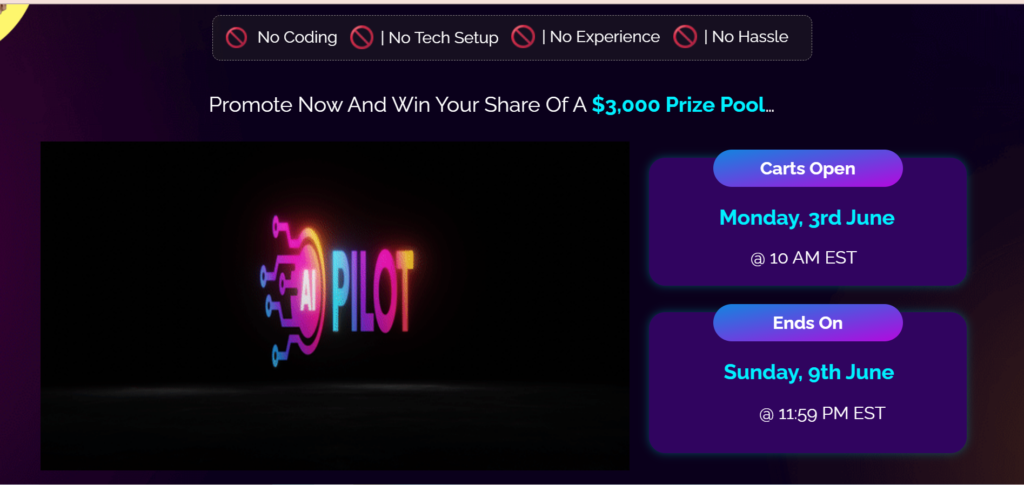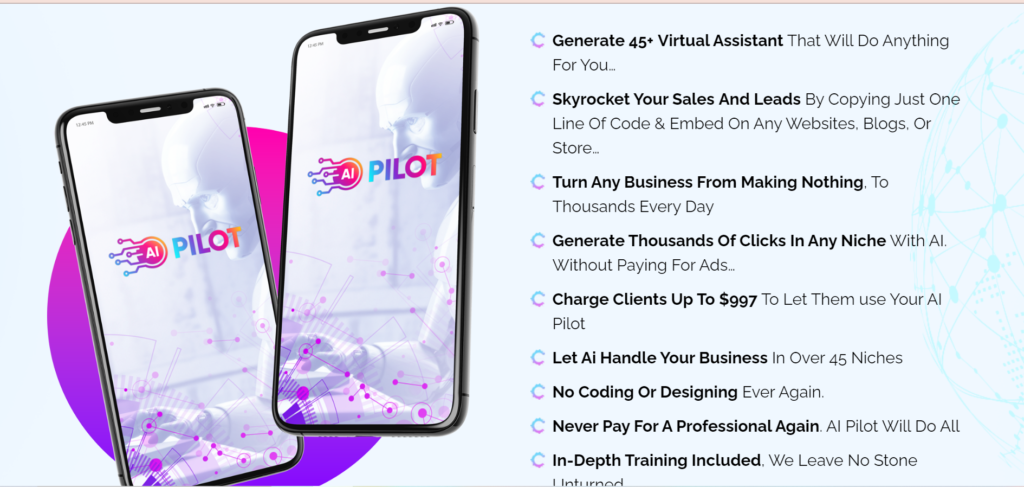
User Interface
User Interface: Navigating Your AI Pilot with Ease
The user interface (UI) is the first thing you’ll notice when interacting with an AI pilot. A well-designed UI can significantly enhance your overall experience, making it easier to access features, manage tasks, and monitor performance. In this section, we’ll explore the key aspects of a user-friendly interface and what to look for when comparing AI pilot products.
Simplicity and Ease of Use
A clean, intuitive interface is crucial for efficient navigation. Look for AI pilots that offer a straightforward layout with clear labels and icons. The best UIs minimize the learning curve, allowing users of all technical levels to get up and running quickly. Features should be accessible without the need for extensive training or a deep dive into manuals.

Customization Options
Customization is another vital aspect of a user-friendly interface. AI pilots that allow users to tailor the dashboard according to their needs can greatly improve workflow efficiency. Look for options to customize widgets, themes, and layouts. This flexibility ensures that you can set up the interface to match your specific preferences and requirements.
Dashboard Design
A well-designed dashboard is central to an effective user interface. The dashboard should provide a comprehensive overview of important metrics and tasks, presented in a visually appealing and easily digestible format. Key performance indicators (KPIs), alerts, and real-time data should be prominently displayed to keep users informed and proactive.

User Feedback and Responsiveness
An interactive and responsive UI enhances the user experience by providing immediate feedback on actions. This can include real-time updates, notifications, and responsive design elements that adapt to different devices and screen sizes. A responsive interface ensures that the AI pilot remains usable and efficient, whether accessed on a desktop, tablet, or smartphone.

Accessibility
Accessibility features are crucial for ensuring that the AI pilot can be used by everyone, including those with disabilities. Look for AI pilots that comply with accessibility standards, offering features such as keyboard navigation, screen reader support, and adjustable text sizes. These features make the interface inclusive and usable for a broader audience.
By focusing on these key aspects, you can identify AI pilots with user interfaces that enhance usability, efficiency, and satisfaction. A well-designed UI is not just about aesthetics; it’s about creating an environment where users can interact with the AI pilot seamlessly and effectively.
Prizes

Customer Support and Resources
